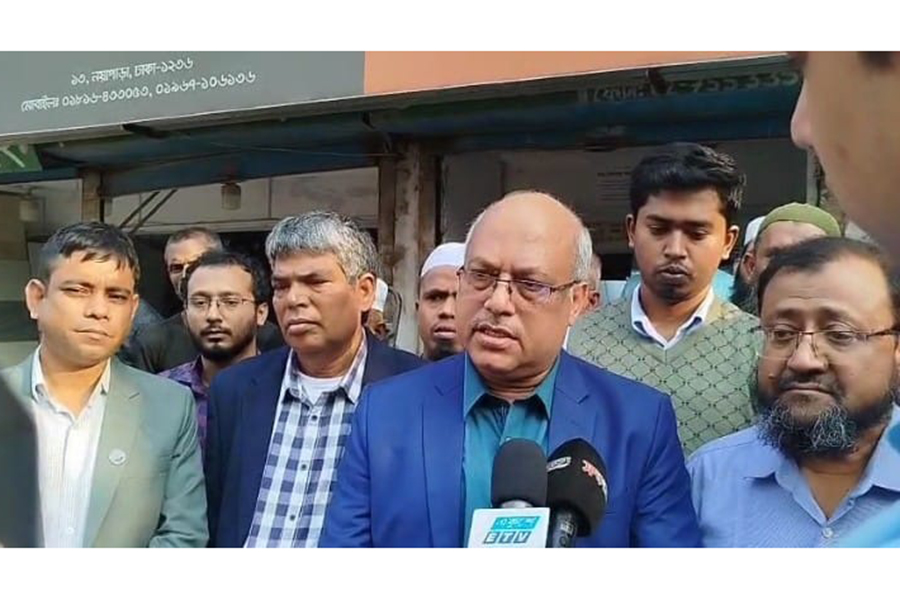IEB experts flag alarming structural faults in several quake-hit Dhaka buildings

Published :
Updated :

The Institution of Engineers, Bangladesh (IEB), has identified a series of critical structural and engineering faults in several buildings across Dhaka that were damaged in the recent earthquake, raising fresh concerns about construction quality, building code compliance, and Dhaka’s long-term seismic vulnerability, according to a statement Monday.
A high-level IEB delegation led by Vice President (Services & Welfare) Engr Niaz Uddin Bhuiyan conducted field inspections on Sunday in Swamibagh, Sutrapur and Dhania.
The team included specialists in civil, structural and geotechnical engineering and building safety, including Engr A T M Tanvir-ul Hasan (Tamal), Engr Md Ruhul Alam and Engr Md Abdur Rashek Mallik.
Major design flaws, weak materials, lack of retrofitting
During the visits, the team carried out preliminary assessments of structural integrity, visible cracks in columns and beams, foundation conditions and potential retrofitting needs. They reported several high-risk engineering faults across the sites, including:
-
Inadequate or flawed structural design
-
Use of substandard construction materials or insufficient reinforcement
-
Absence of retrofitting measures
-
Poor adherence to the Bangladesh National Building Code (BNBC)
-
Lack of post-construction safety monitoring and maintenance
According to IEB, these deficiencies significantly compromise structural safety and increase vulnerability even during moderate seismic events.
Three neighbourhoods, three different risk patterns
At Swamibagh’s Mitali School, inspectors found exposed reinforcement, disintegrating concrete and shear cracks—signs of long-term structural deterioration.
In Sutrapur’s 102/1 building, horizontal and diagonal cracks pointed to possible design and construction-stage errors despite the building being relatively new.
At Dhania’s Bornomala School, geotechnical issues appeared more prominent, with potential foundation instability linked to inadequate soil assessment.
“These signs are not just cracks—they are warnings,” one of the structural engineers told the Dhaka Tribune team accompanying the visit.
Urgent Detailed Engineering Assessment needed
IEB said the affected buildings require a Detailed Engineering Assessment (DEA) without delay to determine load-bearing capacity, retrofitting requirements and their overall safety for continued use.
“Without a DEA, it is impossible to determine whether some of these structures are safe or should be vacated immediately,” the delegation noted.
Seismic resilience demands strict BNBC enforcement
The team stressed that enhancing Dhaka’s seismic resilience must begin with rigorous and uncompromised implementation of the BNBC.
Recommendations
IEB recommended mandatory safety audits for older and high-risk buildings and urged clearer retrofitting support for vulnerable structures. It also called for better training for engineers, builders and field supervisors, along with stronger monitoring and regulatory enforcement.
IEB offers technical support to government agencies
IEB expressed its readiness to assist government bodies with structural assessments, safety guidelines and technical advice for damaged buildings in Dhaka and other cities.
“Protecting lives and ensuring urban stability must be the highest priority. Compliance with BNBC is not optional—it is essential,” IEB said in its statement.


 For all latest news, follow The Financial Express Google News channel.
For all latest news, follow The Financial Express Google News channel.